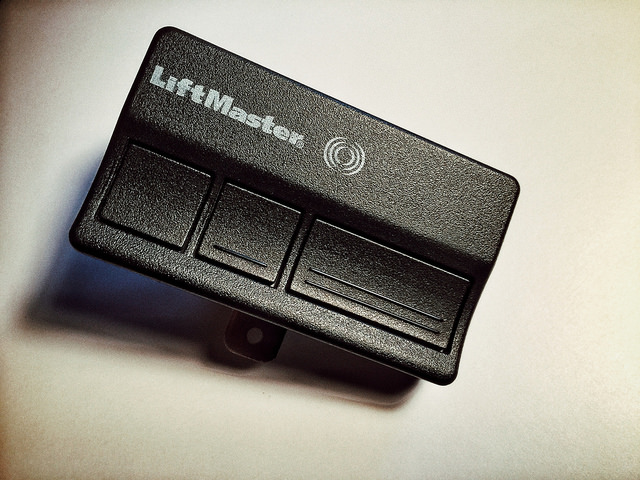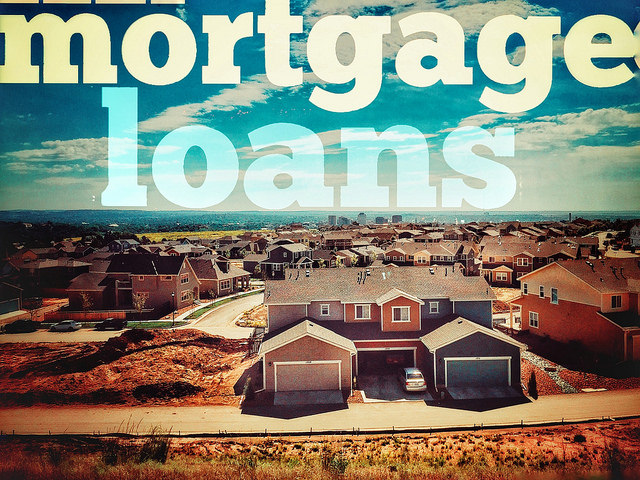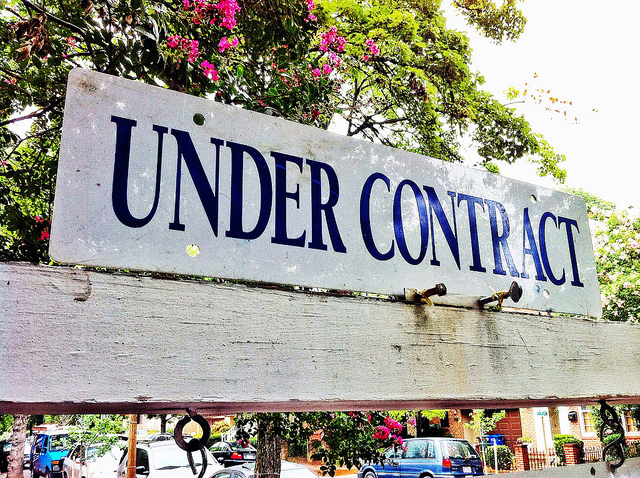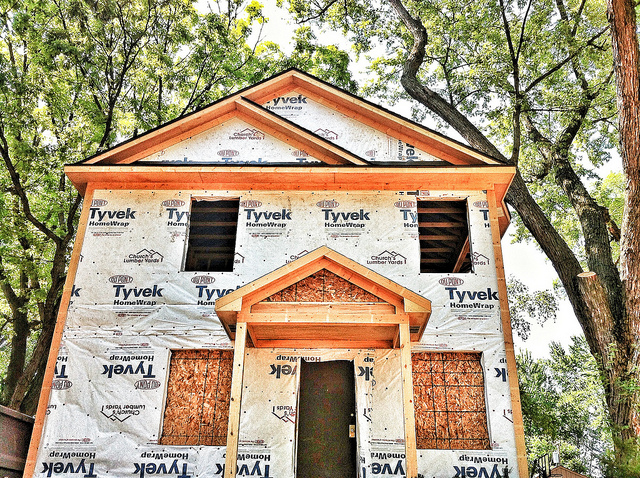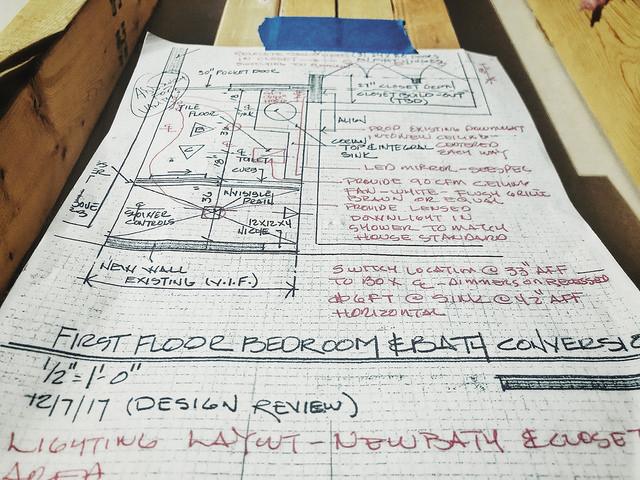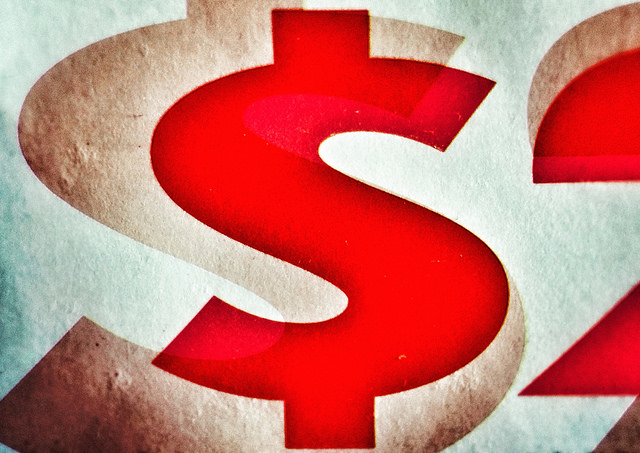After the financial crisis and housing crash, there were plenty of homes for sale but very few interested buyers. Americans were financially unstable and worried about keeping their jobs. And while they may’ve liked to buy a home, it wasn’t the right time. Gradually, though, Americans became more secure in their jobs and more interested in buying a home. But, at the same time, the housing market also began bouncing back. And with prices higher and mortgage rates beginning to rise, Americans wanted to buy but began to worry about whether or not they could afford it. This year, with inventory low, prices rising, and mortgage rates creeping up, buyers face some challenges. Fortunately, though, new research shows incomes are also on the rise. The National Association of Home Builders’ Housing Opportunity Index, for example, shows Americans are making more money, which is helping to offset declining affordability. In fact, median family income is up from $68,000 last year to $71,900. And, at that income, 61.6 percent of recently sold homes were affordable. More here.




